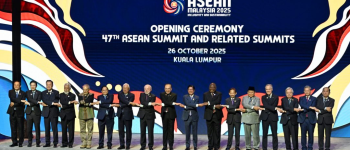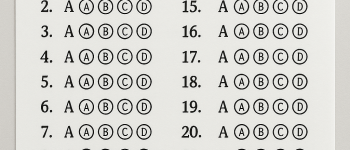Eighth Pay Commission: Terms of Reference, Timeline
30th Oct 2025
Read

TABLE OF CONTENTS
- About the Pay Commission System
- Composition of the 8th Central Pay Commission
- Terms of Reference (ToR)
- Timeline and Implementation
In News- The Union Cabinet on October 28, 2025, approved the Terms of Reference (ToR) of the Eighth Central Pay Commission (8th CPC).
About the Pay Commission System
- Origin: The first Pay Commission was set up in 1947. Since then, seven commissions have been established approximately every decade.
- Objective: To revise the pay structure, allowances, and pensions of Central Government employees, considering inflation, fiscal constraints, and market parity.
- Coverage: Around 50 lakh employees and 69 lakh pensioners are expected to benefit from the 8th CPC's recommendations.
Composition of the 8th Central Pay Commission
- Chairperson: Justice Ranjana Prakash Desai, former Supreme Court judge and current Chairperson of the Press Council of India.
- Members:
- Prof. Pulak Ghosh (IIM Bangalore) - Part-time Member
- Pankaj Jain, Petroleum Secretary - Member-Secretary
- Timeline: Recommendations to be submitted within 18 months of constitution.
Terms of Reference (ToR)
The Commission will:
- Review existing pay structures, allowances, and pensions of Central Government employees.
- Maintain a balance between employee welfare and fiscal prudence, keeping in view the overall economic conditions.
- Examine implications for state finances, since many states follow similar structures.
- Compare with public sector undertakings and private sector compensation trends.
- New addition: Consider the unfunded cost of non-contributory pension schemes — an important clause given the ongoing Old Pension Scheme (OPS) versus National Pension System (NPS) debate.
| OPS vs NPS Context Old Pension Scheme (OPS):
National Pension System (NPS):
Unified Pension Scheme (UPS):
|
Timeline and Implementation
- Recommendations to be released by April 2027.
- Effective date: January 1, 2026 (retrospective).
- Likely arrears will be paid once the report is implemented, while allowances may be revised prospectively.
Source- IE

Author: Lemo
Lemo is the quiet observer of the UPSC world. He writes when the city sleeps, fueled by black coffee and the ticking clock. As the visionary behind Epoch IAS, he crafts notes that are short, sharp, and always a step ahead of the syllabus — trusted by aspirants burning the midnight oil.
Feel free to use images in our website by simply providing a source link to the page they are taken from.
-- Epoch IAS
Explore By Category
- Polity and Governance
- Important Bills and Acts
- International Relations
- International Organisations
- Places in News
- Indian Economy
- Environment
- Geography
- Species in News
- Protected Areas in News
- Science & Technology
- Government Schemes & Programmes
- History and Art & Culture
- Miscellaneous
- Index & Reports
- Defence Exercises
- Security
Latest Posts
Share views on Eighth Pay Commission: Terms of Reference, Timeline
Please keep your views respectful and not include any anchors, promotional content or obscene words in them. Such comments will be definitely removed and your IP be blocked for future purpose.
 29th Oct 2025
29th Oct 2025
.png) 8th Aug 2025
8th Aug 2025
 31st Oct 2025
31st Oct 2025
 29th Jul 2025
29th Jul 2025
 29th Jul 2025
29th Jul 2025
 27th Aug 2025
27th Aug 2025
 9th Aug 2025
9th Aug 2025
 29th Jul 2025
29th Jul 2025
